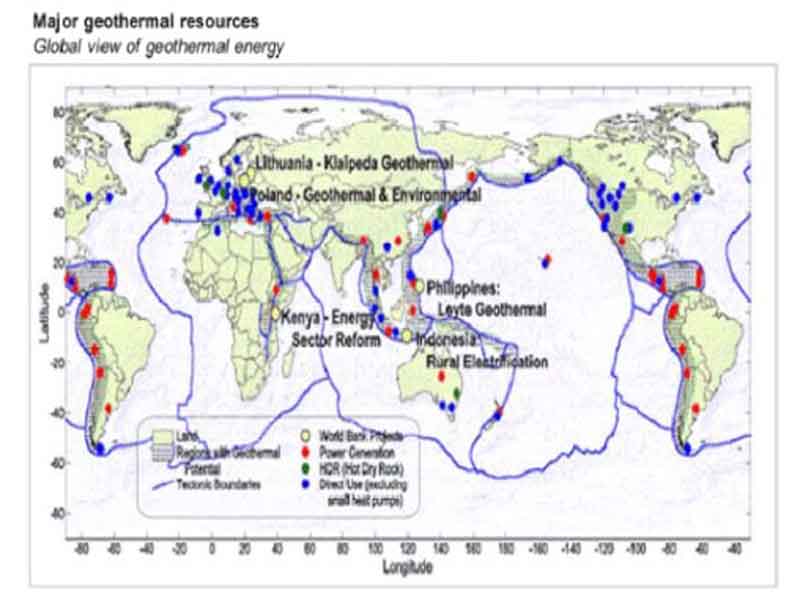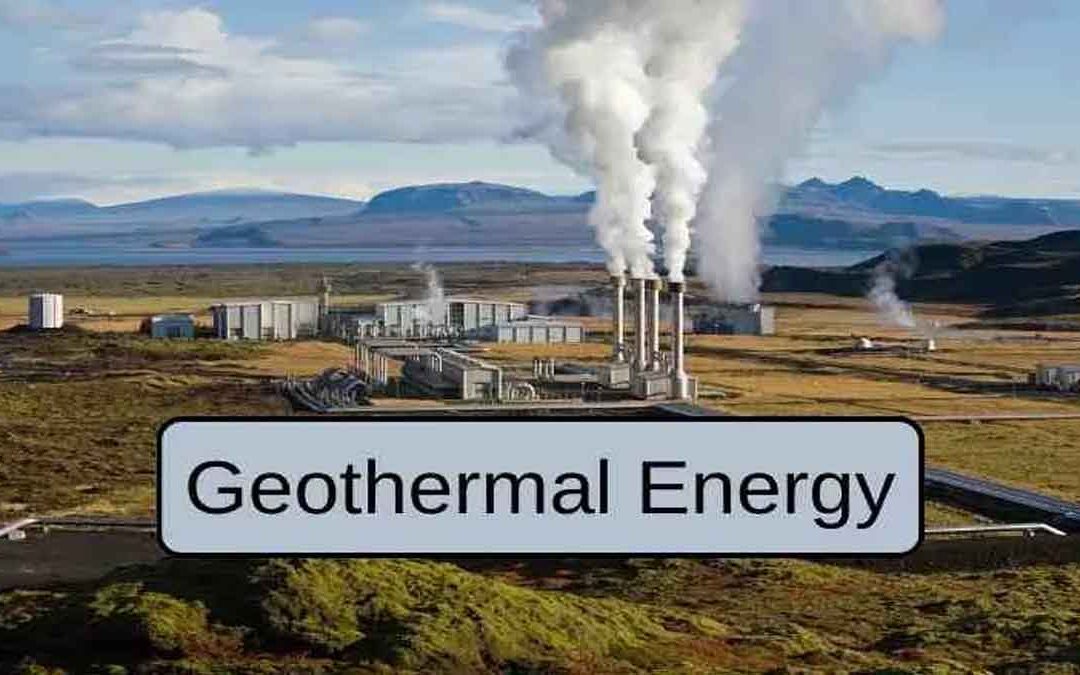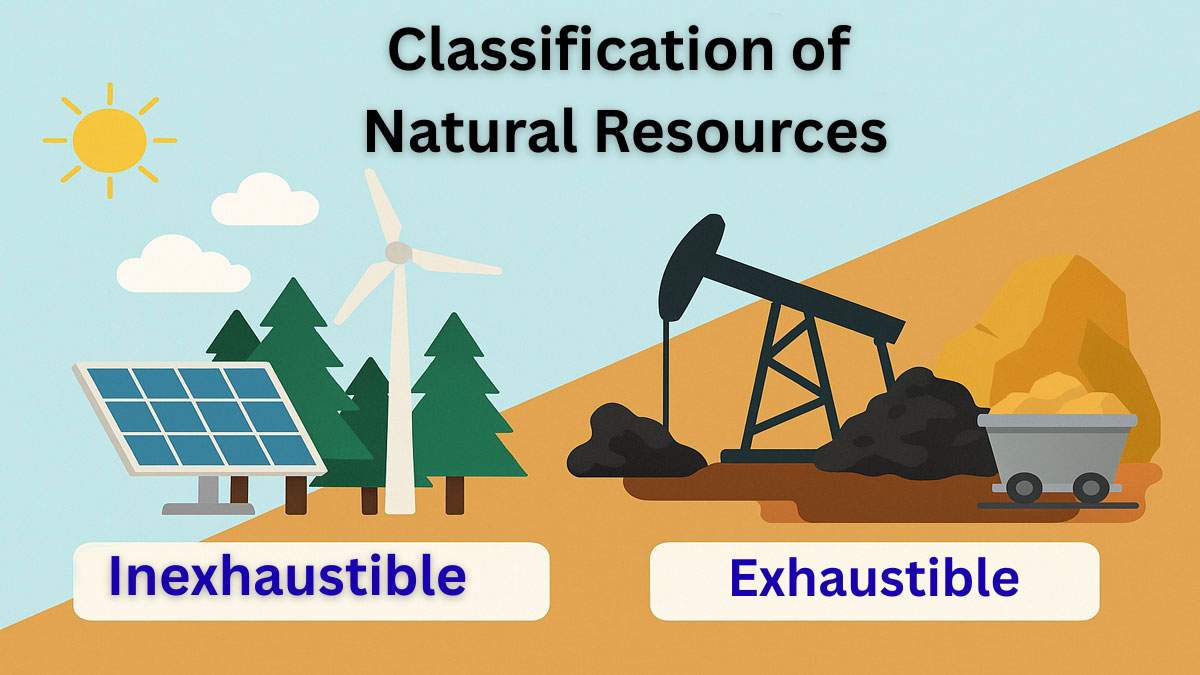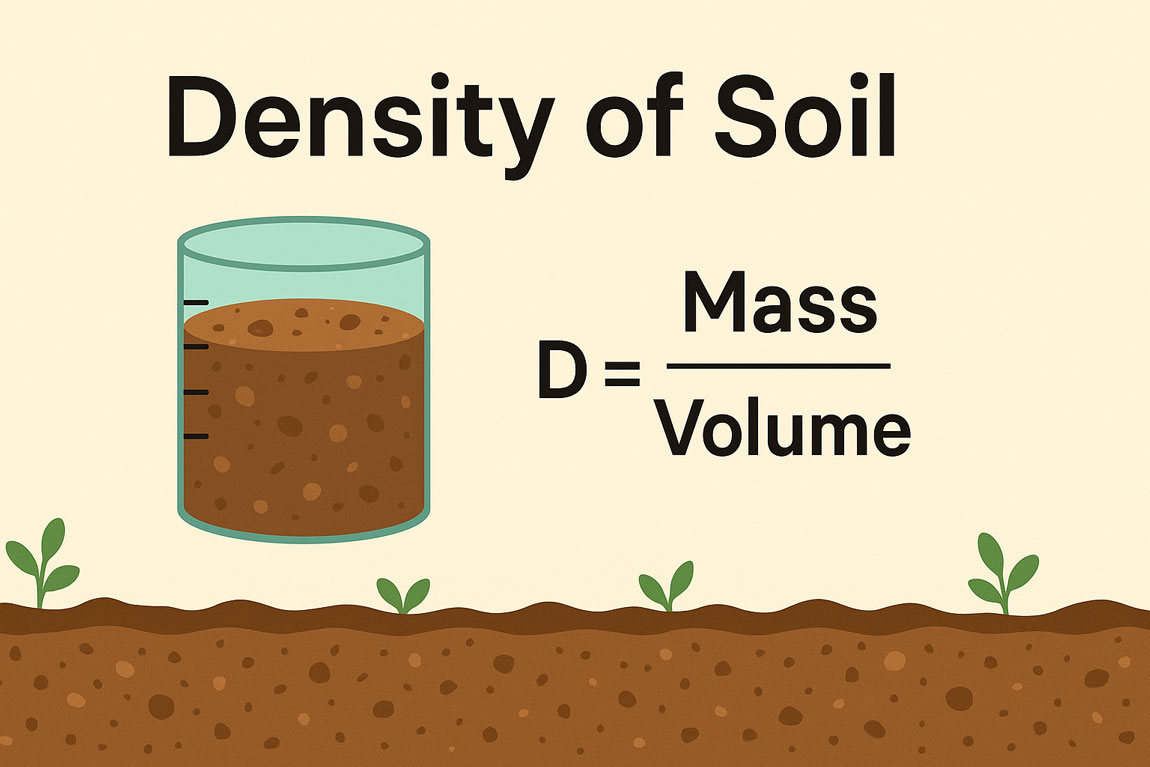In geothermal energy reservoirs, heat is created within the mantle or crust through the decay of radioactive isotopes (Fig.1). Within a sedimentary basin, this heat is transferred to the surface through the conduction and convection of fluids. Current geothermal gradients are controlled by the combination of conduction and convection and can vary due to the relative importance of each (Graf, 2009).
Geothermal Gradients and Tectonic Influence:
Studies of present-day heat flows and ancient geothermal gradients suggest that the thermal regime closely reflects tectonic history. In particular, hypothermal (cooler than average) basins include ocean trenches, outer forearcs, and foreland basins.
Hyperthermal (hotter than average) basins include oceanic and continental rifts, some strike-slip basins with mantle involvement, and magmatic arcs in collisional settings. Mature passive margins that are old compared with the thermal time consist of the lithosphere and tend to have near-average heat flows and geothermal gradients (Allen and Allen, 2006).
Effects of Basin Evolution on Geothermal Energy:
Changes in physical and chemical conditions during basin evolution control how pore fluids interact with rocks. As a result, sedimentary rocks undergo consolidation and may experience cementation or dissolution, altering their chemistry, texture, and ability to transmit fluids, solutes, and heat.
At the same time, these fluids modify their hydrochemical composition, becoming either more diluted or more concentrated (Bitzer et al., 2001). When their temperature changes, they may dissolve upon mixing with other fluids or when an additional temperature shift occurs.
Groundwater Flow and Heat Transport:
Flowing groundwater absorbs geothermal energy from the Earth’s crust and carries part of it in the direction of water flow. The geothermal gradient (i.e., temperature variation with depth) primarily controls the productivity of a geothermal reservoir.
Oceanic spreading centers (e.g., the Mid-Atlantic Rift) and island arcs (e.g., the Aleutian chain) exhibit extremely high gradients (200°C/km) (Fig.1).

Fig. 1: The major geothermal energy location around the world
In Iceland, areas with geothermal gradients ≥ 40°C/km provide the main source of energy as geothermal energy. Tectonic subduction zones exhibit low gradients because cold, water-filled sediments thrust beneath an existing crust.
Average gradients in tectonically stable shield areas and sedimentary basins typically vary from 15°C/km to 30°C/km (Graf, 2009).
Geothermal Provinces in India:
Major rifts or subduction tectonics influence the geothermal provinces in India, which also exhibit high heat flow and a high geothermal gradient.
Researchers have estimated reservoir temperatures at 120°C on the west coast, 150°C in Tattapani, and 200°C in Cambay. The reservoirs in these provinces extend to depths of about 1 to 2 km.
Liquid-dominated and steam-dominated geothermal systems primarily exist in the Himalayan and Tattapani geothermal provinces (Bhattacharya, 2011).
Geothermal Energy as a Renewable Resource:
Geothermal energy refers to the portion of heat within the Earth that humans can recover and exploit. Since geothermal heat is widely available and long-lasting, it serves as an efficient renewable energy source worldwide.
To make geothermal heat an effective source of sustainable energy, researchers must conduct a quantitative reserve and resource assessment. Although the Earth’s heat is immense, people can utilize only a fraction of it in practice. Its exploitation remains limited to areas with favorable hydrogeological conditions that support the development of geothermal resources.
Stages of Geothermal Exploration:
A proper geothermal exploration involves different stages comprising:
- A correct localization of potential areas to ascertain the existence of a particular geothermal field.
- An accurate estimate of the size of the resource to determine the type of geothermal field.
- An appropriate identification of the main physical transport processes involved to properly identify geothermal phenomena.
This requires an integrated approach involving different disciplines and methodologies, including geological field measurements, laboratory-based investigations, as well as mathematical modeling.
Formation of Geothermal Resources in Sedimentary Basins:
It is well known (Bethke et al., 1988; Raffensperger and Vlassopoulos, 1999) that the most significant portion of the world’s mineral, energy, and water resources is hosted in sedimentary basins.
Formation of these resources results from interactions between different coupled processes comprising groundwater flow, mechanical deformation, mass transport and heat transfer, and different water–rock interaction mechanisms.
Understanding the relative impact of fluid and other heat-driving processes on the resulting geothermal field, as well as the resulting subsurface flow dynamics, is of crucial importance for geothermal energy production.
Thermal Signature Interpretation in Geothermal Exploration:
To explore geothermal energy, researchers must quantify the above-mentioned processes by interpreting their characteristic thermal signatures in the subsurface.
They must accurately interpret the impact of all processes contributing to the temperature field to avoid misinterpreting similar but distinct thermal signatures. Heat primarily transfers through the crust by diffusion.
In sedimentary basins, groundwater circulating through permeable aquifers transports heat through advective forces (Anderson, 2005).
Thermal and Mechanical Effects on the Lithosphere:
Temperatures in the model are governed by the effects of vertical and horizontal thermal conduction such that the lithosphere-asthenosphere boundary is defined as a partial melt isotherm or phase change boundary, which migrates vertically depending on the transient thermal state.
Vertical deformations of the lithosphere result from the purely mechanical effects of sediment loading as well as from changes in the ambient temperature field. The temperature anomalies contribute to these deformations not only by setting up body forces but also by creating thermal in-plane forces and associated bending units (Stephenson et al., 1989).






